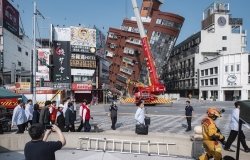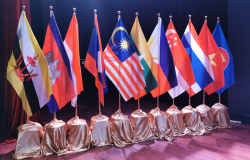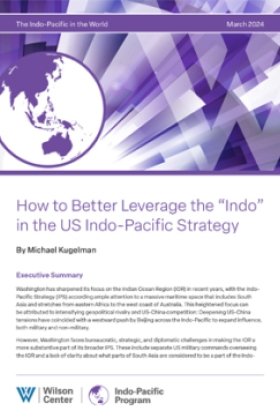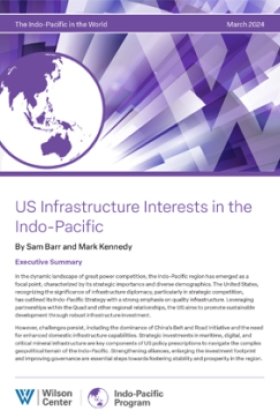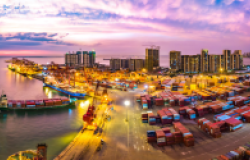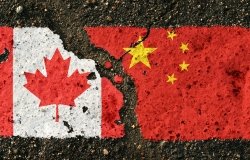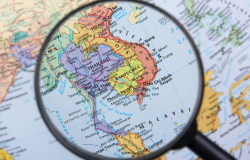Left Behind? Learning and Educational Achievement in Pakistan's Punjab Province
Tahir Andrabi, associate professor of economics, Pomona College
Overview
A recent article in the New York Times Magazine asserts that the prospect of Pakistan's nuclear weapons falling into the wrong hands represents Barack Obama's "worst Pakistan nightmare."
Tahir Andrabi begs to differ. Speaking at an Asia Program event (cosponsored by the Program on Science, Technology, America and the Global Economy) on January 15, Andrabi countered that Pakistan's demography may constitute a bigger nightmare. The country's population is rapidly rising, he explained, and one million people are entering the labor force each year. Employment and employability, he argued, are and will continue to be crucial concerns in Pakistan—and yet both are tied to the nation's troubled education system.
The story of learning and educational achievement in Pakistan is a gloomy one. Andrabi is a principal investigator for the Learning and Educational Achievement in Punjab Schools (LEAPS) project, a four-year study of 12,000 children, 4,000 teachers, 800 public and private schools, and 2,000 households in 120 villages in Pakistan's most populous province, Punjab. The study reveals that by the end of the third grade, only a "bare majority" of Pakistani students in Punjab can correctly subtract 8-3. Children, Andrabi concluded, "are performing significantly below curricular standards" in math. Worse, given that school drop-out rates are high, many of these poorly performing young students never improve their skills later on.
Nonetheless, despite this bad news, Andrabi believes there is reason for hope. Traditionally, a significant majority of Pakistani students have attended government-run (public) schools, with considerably fewer attending the country's private—and generally higher-quality—educational institutions. However, the LEAPS project has found that the number of private schools in Punjab actually rose dramatically in recent years—from 3,800 in 1983 to 47,000 in 2005.
One of LEAPS' prime objectives, Andrabi explained, is simply "to get the facts straight" about education in Pakistan so that education policymakers can be better informed. "Policy," he declared, is often "not based on any defensible positions on the ground." So what are the facts on the ground? One finding from the study is that differences in learning outcomes (for math, English, and Urdu) across public and private schools are 8 to 15 times the differences across socioeconomic categories. This means that variations in learning outcomes between rich and poor children, boys and girls, and children of illiterate and literate parents are all generally smaller than those between children attending public schools and those attending private schools. Andrabi singled out two other notable results. First, the families surveyed in LEAPS spent as much money on education for their daughters as they did for their sons. Second, illiterate mothers—who comprised 75 percent of all mothers in the study—were found to be just as knowledgeable as literate mothers about how well their children were performing in school.
What is the broader significance of the LEAPS study? Andrabi posited that it provides an accurate picture of Pakistanis' education needs and preferences, and suggested that it can serve as a corrective to misguided policies on education in Pakistan. Policymakers—and donors—tend to focus on providing free textbooks and improving school infrastructure. Yet when asked what they most want in a school, Pakistanis in Punjab said they wanted more teachers—not infrastructure changes or more textbooks.
Drafted by Michael Kugelman, Asia Program Associate
Robert M. Hathaway, Director, Asia Program, Ph: (202) 691-4020
Hosted By

Indo-Pacific Program
The Indo-Pacific Program promotes policy debate and intellectual discussions on US interests in the Asia-Pacific as well as political, economic, security, and social issues relating to the world’s most populous and economically dynamic region. Read more
Thank you for your interest in this event. Please send any feedback or questions to our Events staff.
